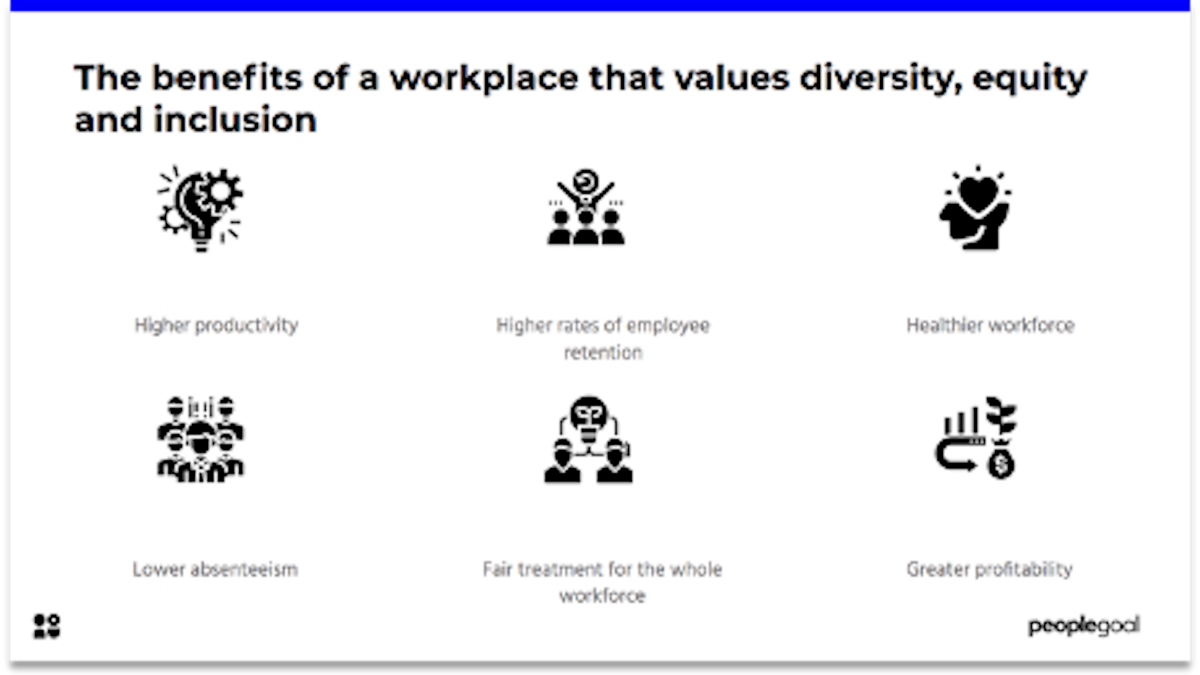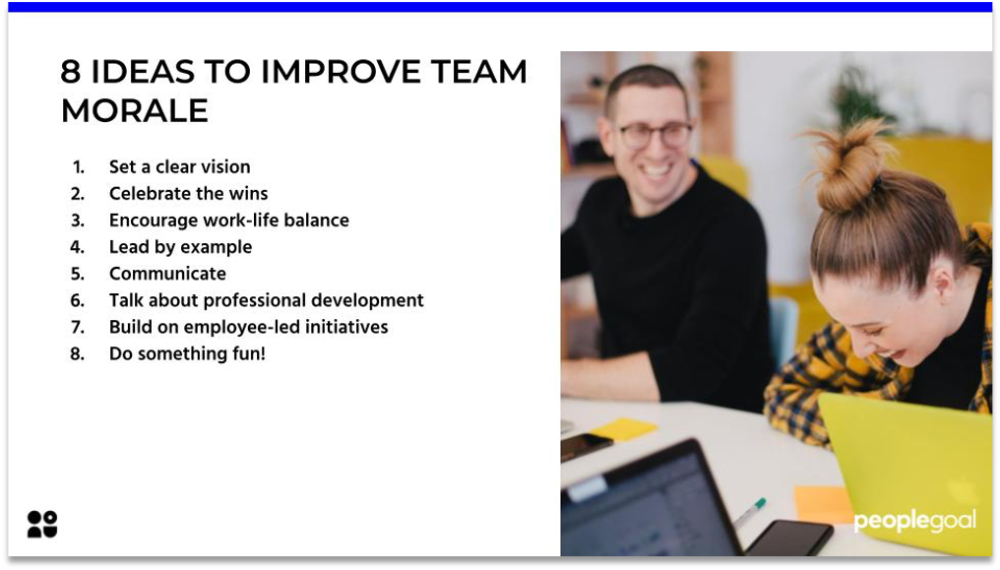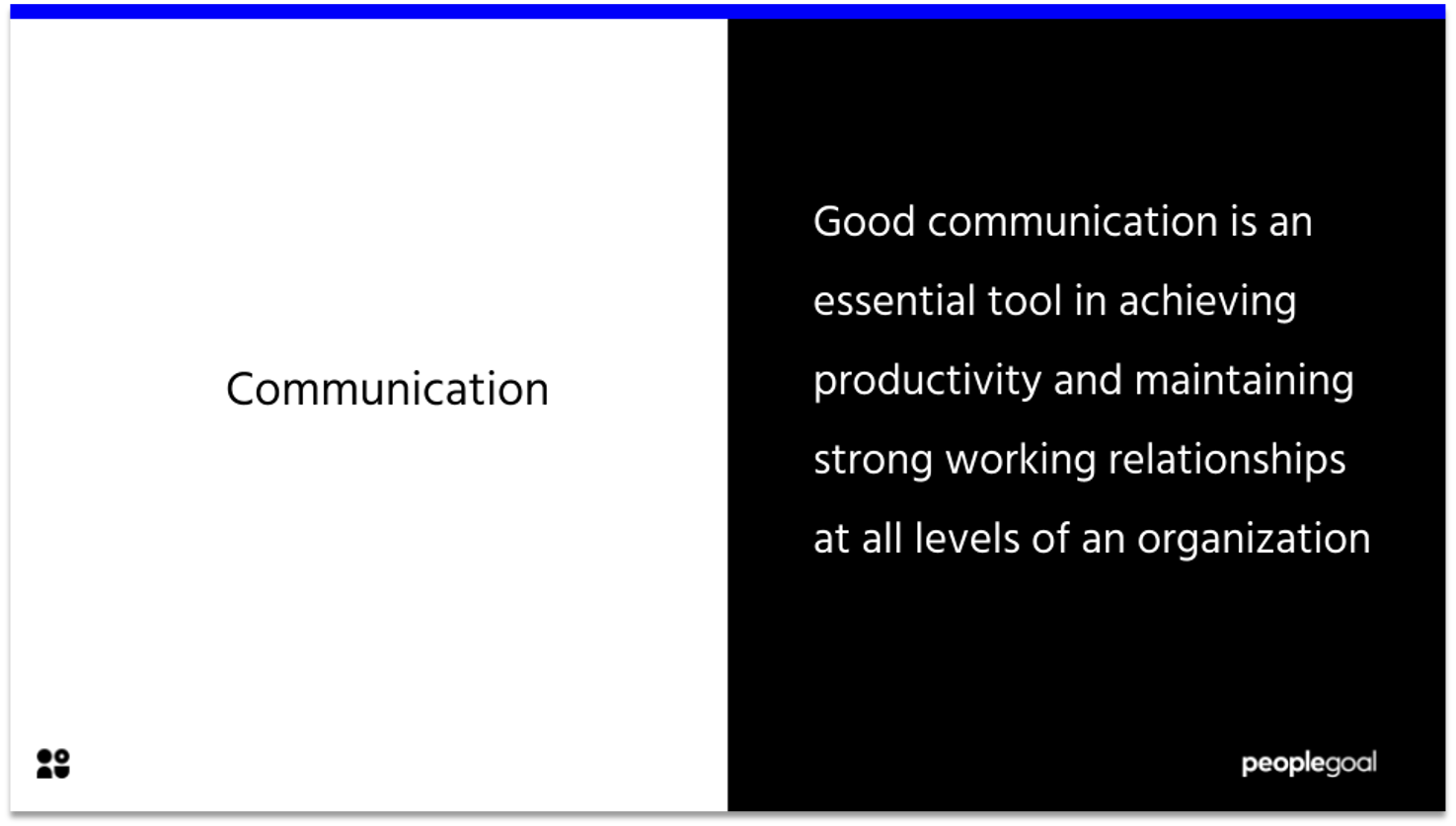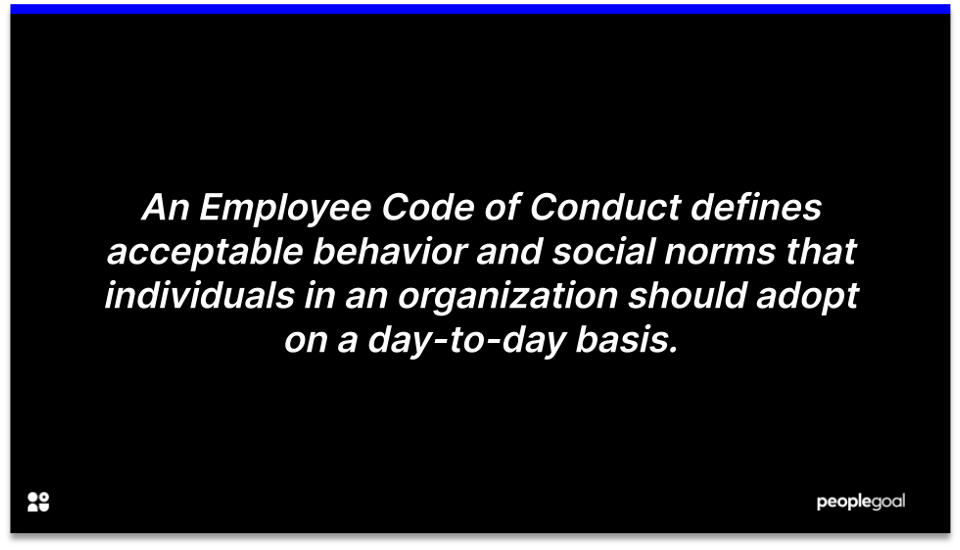What is an open-door policy?
An open-door policy is a communication policy enacted by a manager, senior leader or director where they leave their office door ‘open’ to encourage employees to come and talk to them. It is meant to encourage openness, transparency and free-flowing communication within the organization.
For many years, workplace communication suffered when managers shut themselves in their offices. Employees never got the chance to have a conversation with senior leadership about the trials and tribulations of their day-to-day experience within the company, and therefore problems like low engagement were left unnoticed. Then in the 1970s, management styles begun to change with the emergence of ‘management by walking around‘ and open-door policies.
When a company or individual establishes an open door policy, the door is always metaphorically ‘open’, and employees are encouraged to come in and ask questions or raise issues to management when they feel it is necessary. This helps to facilitate discussion, address problems, and discuss queries and concerns. Employees can go directly to management with any workplace concerns, questions or suggestions outside of their core responsibilities and have an informal, open and honest discussion. This means that employees feel they can reach out and have a discussion about any matter of importance to them, without fear of retribution.
Organizations that adopt an open-door policy will help create an environment of productivity, collaboration, and transparency. They will also develop employee trust and ensure that relevant feedback is reported to managers who can then use it to make the necessary changes and improvements. On an individual level, managers that have an open-door policy demonstrate to their teams that they are accessible, encourage an open channel of internal communication, and can react quickly to any issues before they escalate.
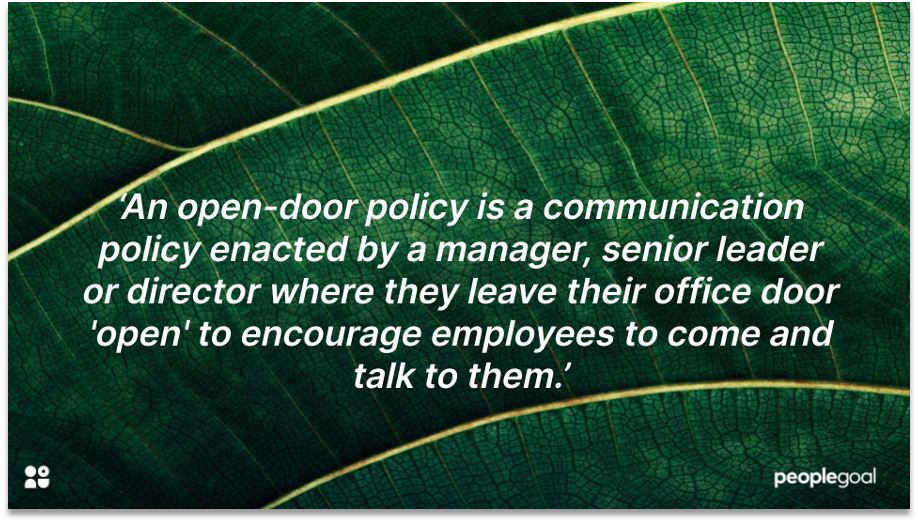
How an open-door policy should work
An effective open-door policy should mean that employees feel free to approach the senior leadership of their organization for an open discussion. It is advisable to run some training for managers and executive level staff so that they understand how the policy should work.
Senior leadership should listen to employees when they come to the door or schedule a meeting. If the discussion appears to be something that could be solved by the employees immediate supervisor, the senior leader should ask why they haven’t taken the matter up with their direct boss.
What are the benefits of an open-door policy?
An open-door policy creates a channel of clear communication between employees and senior management, who normally don’t have the opportunity to interact. It is a great way to generate ideas across the organization and solve problems that senior management may not be aware of.
There are a number of benefits associated with an open-door policy that can have a positive impact of organizational culture and environment:
- It facilitates communication between employees and management in the workplace
- It helps management improve employee experience through receiving direct feedback
- It helps to reduce employee turnover by allowing employees to voice their concerns and resolve them with management
- It helps establish a transparent environment which promotes employee morale
- It builds trust within the organization
- It helps resolve office grievances quickly and effectively

3 ways to establish an open-door policy that works
Set boundaries
Whilst it is important to be available to your employees, it is important to set boundaries. Clearly communicate to your employees a set of rules, for example:
- If my door is open, please knock and come in
- If my door is shut, please contact me to schedule an appointment
- In an emergency, knock on my door if it is closed or come and find me
- Before you come to me with an issue, think carefully about the following: Does it affect just me or the wider team? What could management do to help me resolve the problem?
Be an active listener
When an employee comes to talk to you about an issue, listen actively and try to understand what the other person is saying. Restate or share back what you heard the person, showing that you are paying attention and are actively involved in the conversation.
Focus on the solution
Whilst setting your boundaries, let employees know that they should try and think of some solutions to their problem before they come to speak with you.
During the meeting, try and drive the conversation towards a solution by asking questions like, “what do you think the solution is?” Encouraging employees to come up with their own solutions will improve their decision-making processes and teaches them to rely on their own abilities.
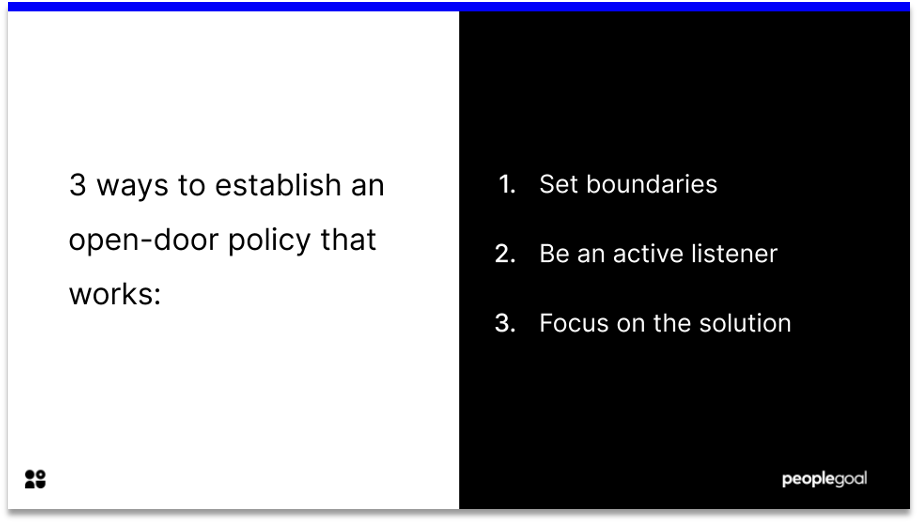
How does an open-door policy translate to the digital age?
When someone talks about the classical definition of an open-door policy, you immediately picture a wide open office door. But as we progress further into the digital age, with remote work becoming the norm for many of us, how can you implement an open-door policy when there isn’t a physical door?
Virtual communication
Virtual communication has the largest effect on an open-door policy. Virtual communication lends itself to immediacy, including immediate knowledge sharing, immediate feedback and immediate information. In fact, the effective use of virtual communication can increase productivity by 14%, by reducing the amount of time spent emailing, awaiting responses and searching for information.
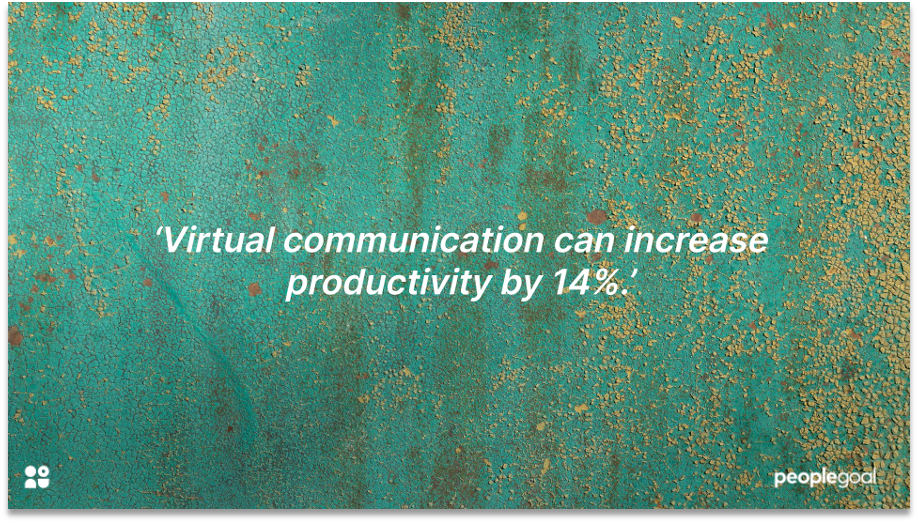
Virtual communication doesn’t negate the open door policy. In fact, it makes it more efficient. If managers and leaders are able to convey the message of openness and transparency online, then employees can use virtual communication methods, like Slack or Microsoft Teams, to resolve queries, ask for feedback, and share information. This facilitates sharing vision, values, information and goals at a company-wide level, encouraging transparency across the organization. What’s more, having a virtual open-door policy can perhaps be even more effective than a physical one due to the immediacy of online communication methods.
Set regular meetings
It is important to set regular meetings with your team, especially when working remotely. If possible, try to schedule weekly one-on-ones with your team to give them the opportunity to voice any concerns.
Since the pandemic, many remote workers report feelings of loneliness and isolation while working from home. By encouraging regular interactions and conducting frequent meetings, management can help their employees feel more connected to each other and the organization, encourage employees to discuss their views and opinions and deal with any issues that arise in the remote environment.
An open-door policy in the digital world
An open-door policy in the era of remote work doesn’t change the benefits that were present in the physical workplace. Instead, previous methods of communication need to be adapted to suit a more digital world. For example, transparency can be maintained by ensuring company policies and documents are available to all employees online. Employees can still have a voice within the organization by using discussion boards and virtual communication channels which can be viewed by both employees and senior management. Finally, important one-on-one meetings can still take place, just online rather than in person.
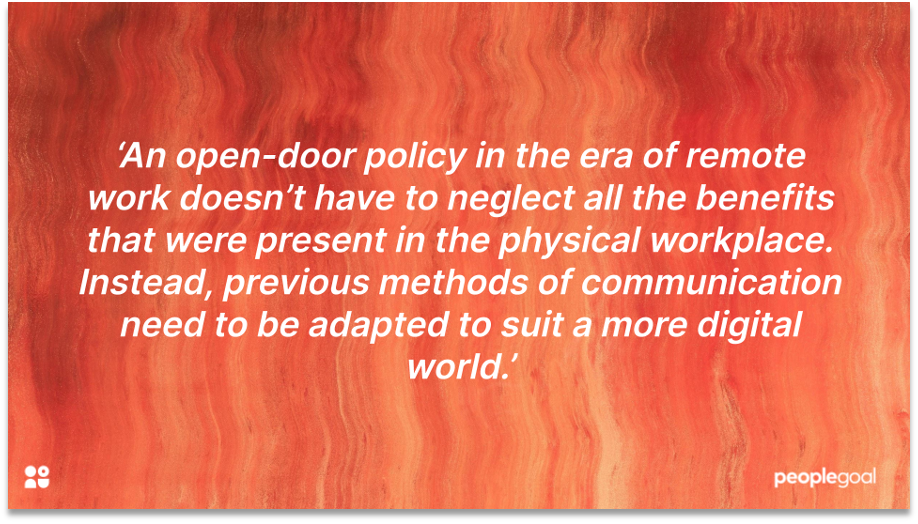
Having an open-door policy is more important than ever
The rationale behind the open-door policy is to develop trust and communication between employees and management, and facilitate a regular feedback process that deals with and improves day to day issues in the work environment. Such a policy is more important than ever since the transition to remote work, as managers need to find new ways to communicate and engage their employees.
If you are looking for more ways to engage your remote team, check out our article on the subject here. Want to boost engagement and productivity for your remote team? Book a demo with PeopleGoal today!
Ready to 3x Your Teams' Performance?
Use the best performance management software to align goals, track progress, and boost employee engagement.

